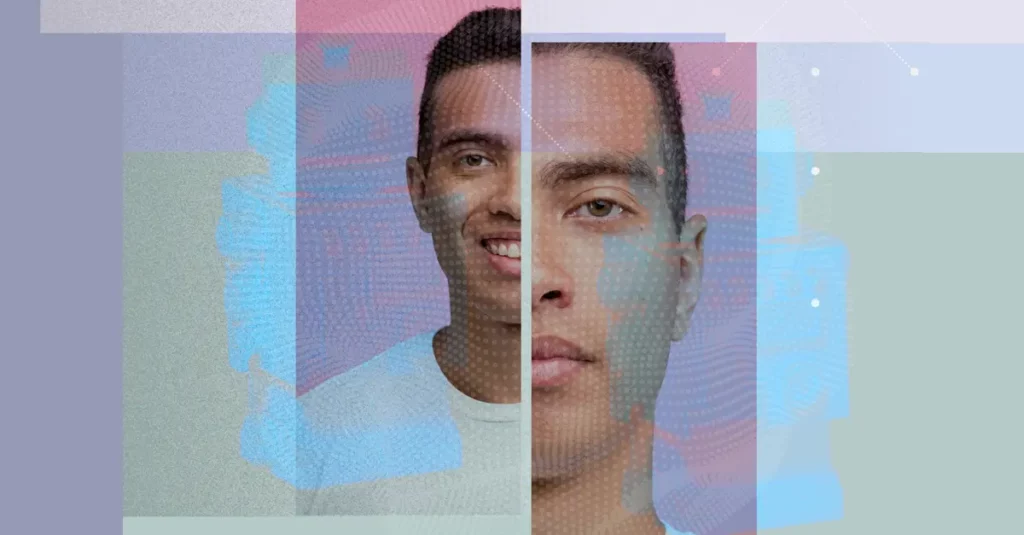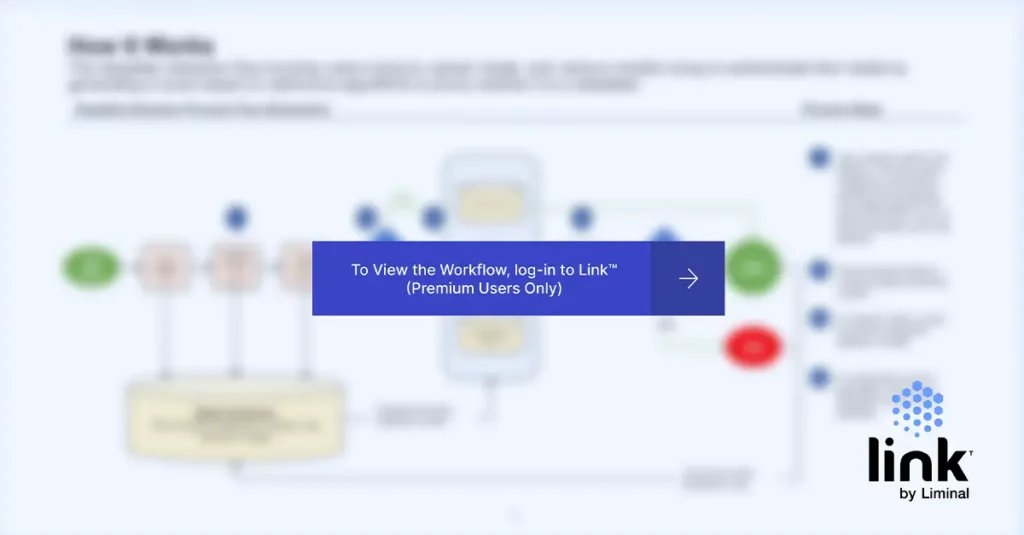Deepfakes, sophisticated digital manipulations using advanced AI, pose significant risks such as misinformation and privacy breaches. Their increasing prevalence demands effective detection methods and comprehensive regulatory measures. The industry dedicated to this task is expanding rapidly, driven by regulatory developments, collaborations by major tech companies like Adobe and Microsoft, and the accessibility of creation tools. While the growth in deepfake technology introduces opportunities in entertainment and digital marketing, it more critically raises threats such as fraud and identifying theft, highlighting the need for detection methods and regulatory frameworks to lessen the impact of harmful deepfakes. The market for deepfake detection, crucial in combating the rising threat of deepfakes, is poised for significant growth, with projections showing an increase from $5.5 billion in 2023 to $15.7 billion by 2026, at a CAGR of 42.0%.

The widespread distribution of deepfakes, highlighted by over 500,000 instances on social media in 2023, underscores the urgent need for sophisticated detection technologies. With fake news spreading six times faster than real news, the integrity of digital content is at risk, reinforcing the need for improved detection capabilities and increased public awareness. Despite humans being able to detect fake speech 73% of the time, the challenge of distinguishing manipulated content effectively is critical, driving the growth of the deepfake detection market. According to our analysis, the deepfake fraud prevention and detection market growth will be fueled by advancements in deepfake technology and the growing demand for effective countermeasures.
Deepfake Detection Use Cases
To maintain authenticity, truth, and security, deepfake detection is essential across several domains, such as media, entertainment, politics, and fraud prevention. Primary use cases include:
- Fraudulent Content Creation: Detecting and mitigating the creation of false content.
- Identity Theft and Impersonation: Preventing misuse of personal identities.
- Cybersecurity and Phishing Prevention: Blocking phishing attempts that utilize manipulated media.
- Manipulated Media: Identifying alterations in videos and images.
- Misleading/Fake Videos: Addressing and correcting videos that spread misinformation.
- Content Authenticity and Verification: Ensuring the genuineness of content circulated online.
- Protecting Privacy: Safeguarding personal information from unauthorized use.
- Preventing Blackmail and Extortion: Stopping threats that leverage fabricated content.
Challenges and Opportunities in Deepfake Fraud Detection
Increased awareness and initiatives aimed at detecting deepfakes are helping to counter their growing threat. However, the lack of adequate regulation and accountability allows the fraudulent potential of deepfakes to continue escalating.
- Keeping up with rapid advancements in deepfake technology.
- Developing detection methods that operate effectively in real-time.
- Staying ahead of continually evolving deepfake methods.
- Scaling detection solutions to meet widespread needs.
How it Works
The deepfake detection process involves users uploading media, which is then analyzed by models using specialized algorithms to generate a score that determines whether the content is a deepfake.

Why Now
Deepfake detection technologies are crucial due to the increasing difficulty in distinguishing between authentic and manipulated content, the misuse potential in fraud and identity theft, and the rising accessibility of deepfake creation tools. Here are some considerations:
Difficulty in Distinguishing Real from Fake
- 61% of Americans need help differentiating between real and fabricated videos, indicating a significant challenge in verifying authenticity.
- A survey by Royal Society Publishing showed that only 21.6% of participants could accurately identify a deepfake, underscoring the need for better detection methods.
Misuse in Fraud and Identity Theft
- The use of AI for face-swapping has led to increases in biometric fraud, with selfie fraud doubling and biometric fraud quintupling over the past year.
- A notable incident involved a deepfake video of Ukrainian President Zelensky, which could have had severe implications for national security.
Ease of Access and Creation
- The creation of deepfakes has surged, evidenced by a 30-fold increase in occurrences from 2022 to 2023.
- Deepfakes are now easier to create, with reports indicating that a convincing deepfake video can be produced in under 25 minutes using just one clear image.
The widespread nature of deepfakes and their potential dangers highlight the growing market for sophisticated deepfake detection technologies to combat misinformation and protect individual and national security.
A Look Ahead
Our analysis demonstrates that effectively addressing the risks of deepfake manipulation requires a comprehensive strategy. A practical detection method integrates metadata analysis, facial and voice recognition, and behavioral cues. This approach systematically examines file data and scrutinizes patterns to identify inconsistencies and irregularities, providing a dependable mechanism for detecting deepfakes.
The rise of deepfake technology represents a critical challenge that spans multiple sectors, necessitating a comprehensive approach for effective management and mitigation. The advancement of deepfake detection technologies, underpinned by strong regulatory measures and increased public awareness, is essential to safeguard the integrity of digital media. As we progress into an era where digital authenticity can be easily manipulated, the demand for sophisticated, accessible, and effective detection systems is paramount. By enhancing cooperation among tech industry leaders, improving regulatory frameworks, and educating the public, we can effectively counter the risks associated with deepfakes. Moving forward, the deepfake detection market is poised for significant growth and will play an important role in preserving digital authenticity and protecting both individual and national security.
Related Content:




